This project will be a clean hack of the otherwise very solid ART DJ-Pre II phono preamp with the aim of improving the existing design and enhancing its features
This project will follow my experience and guidelines developed while working on the development and improvement of a commercial product (in my private ownership) without prior knowledge or information and specifications obtained from the manufacturer.
The need to make the device in my private ownership better will be publicly available and in accordance with the EU directives related to the requirement for manufacturers to make their products serviceable, therefore I disclaim in advance and reject any responsibility in the event that some part of the solution is publicly interpreted and clarified and in interest of us customers. The design and solutions related to the architecture of gramophone preamplifiers have been almost publicly available for more than 60-70 years, and nothing new and patentable can be added in favor of the manufacturer's right to hide his design.
All presented proposals and suggestions are public good and other persons as well as the manufacturer of the device can implement them in their new versions of the device without compensation or responsibility from or towards the initiator of the project.
Before starting any actions, I draw your attention to the fact that the commercial product ART DJ-Pre II is protected by a factory warranty and any modification of it without the professional and authorized service of the manufacturer or their consent automatically causes the loss of the warranty, i.e. interruption of the warranty period.
Any damage or malfunction that occurs due to regular use and is not related to the modification in question due to the loss of the warranty will be fully borne by the person who owns the device.
The initiator of the project has drawn your attention to the consequences of starting the modification procedure in accordance with this project and publicly disclaims all responsibility for your further actions.
The initiator of the project disclaims any kind of responsibility in advance if any person following the project guidelines causes any damage to goods or other persons as a result of his inexperience, improper installation or any type of inadequate modification of the commercial product. Therefore, all actions carried out by other persons following the instructions from this site are fully aware and at their own risk, and they acknowledge that all material and immaterial responsibility and possible damage is theirs and that they cannot have any claims against the initiator of this project (Jovan ).
Only if you agree to the terms can you start following this project.
 Jovan
Jovan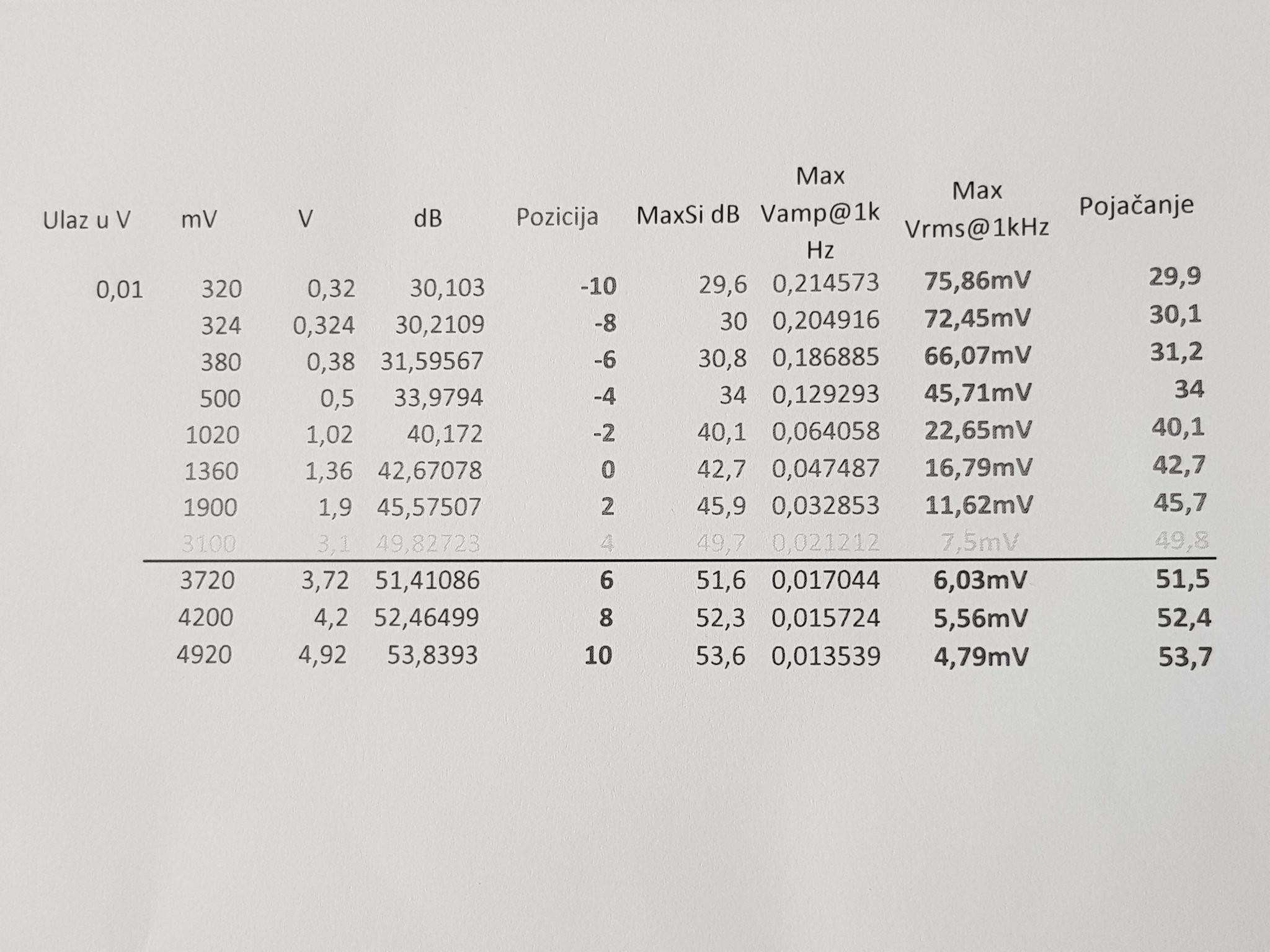
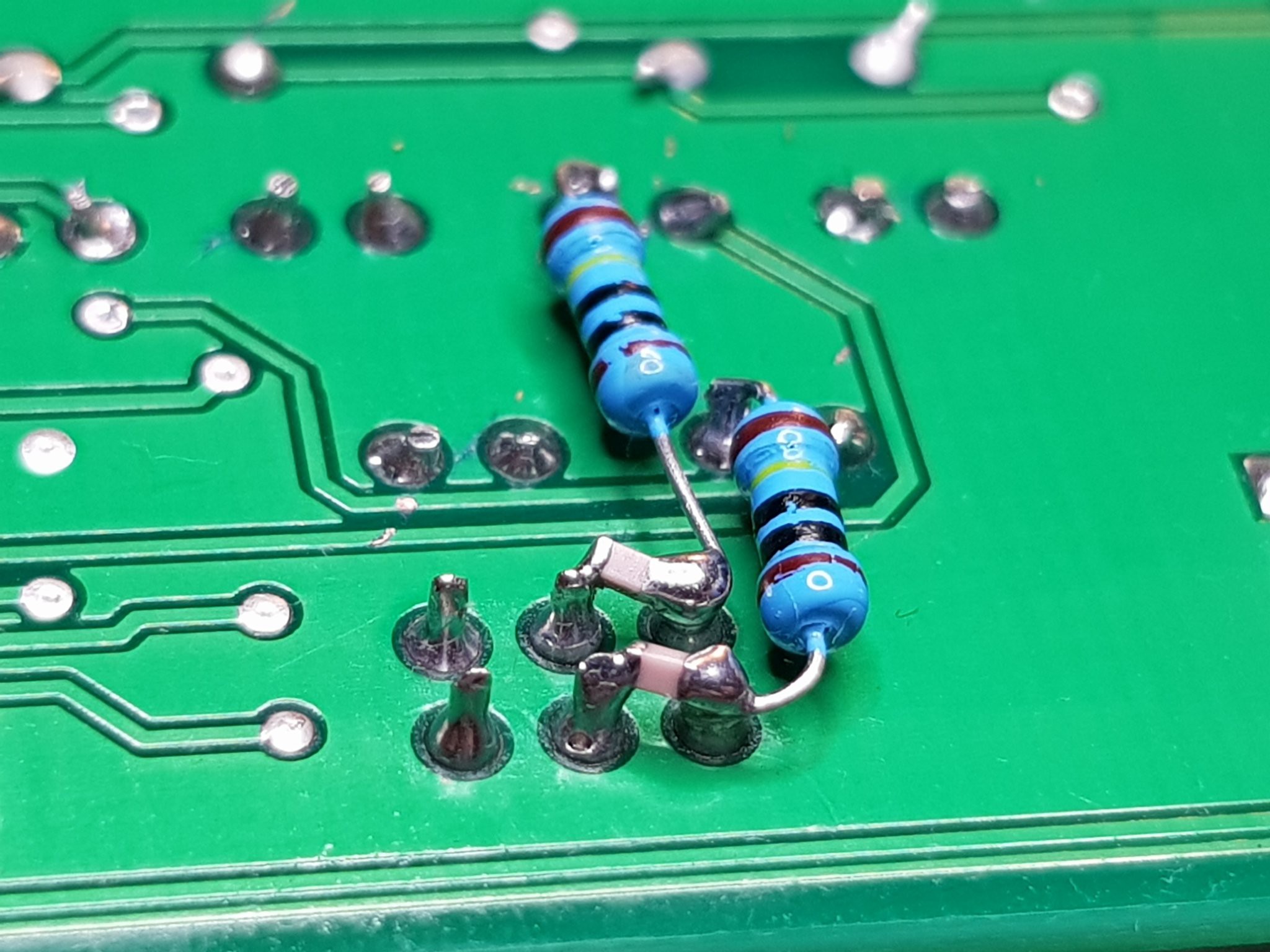
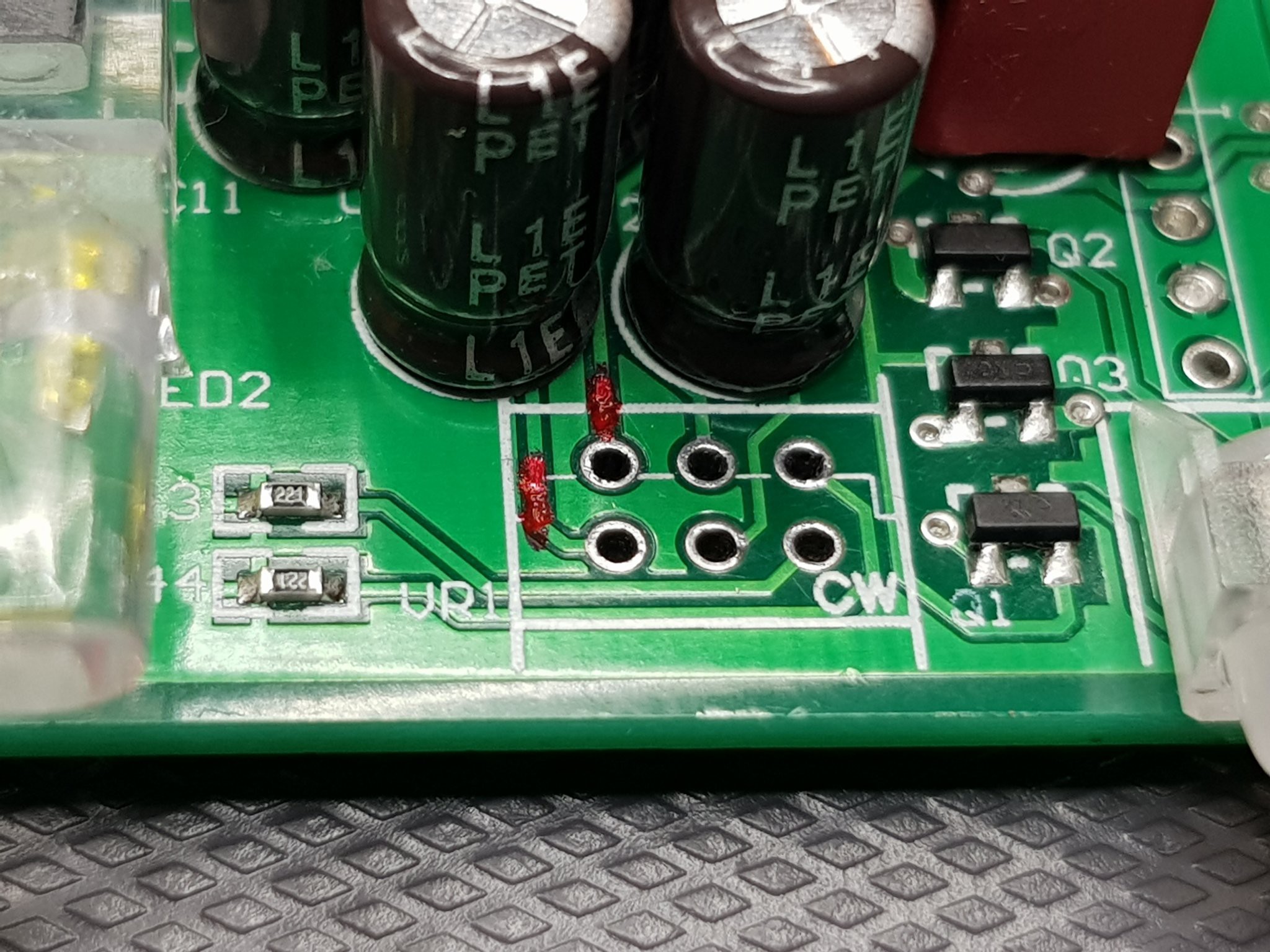
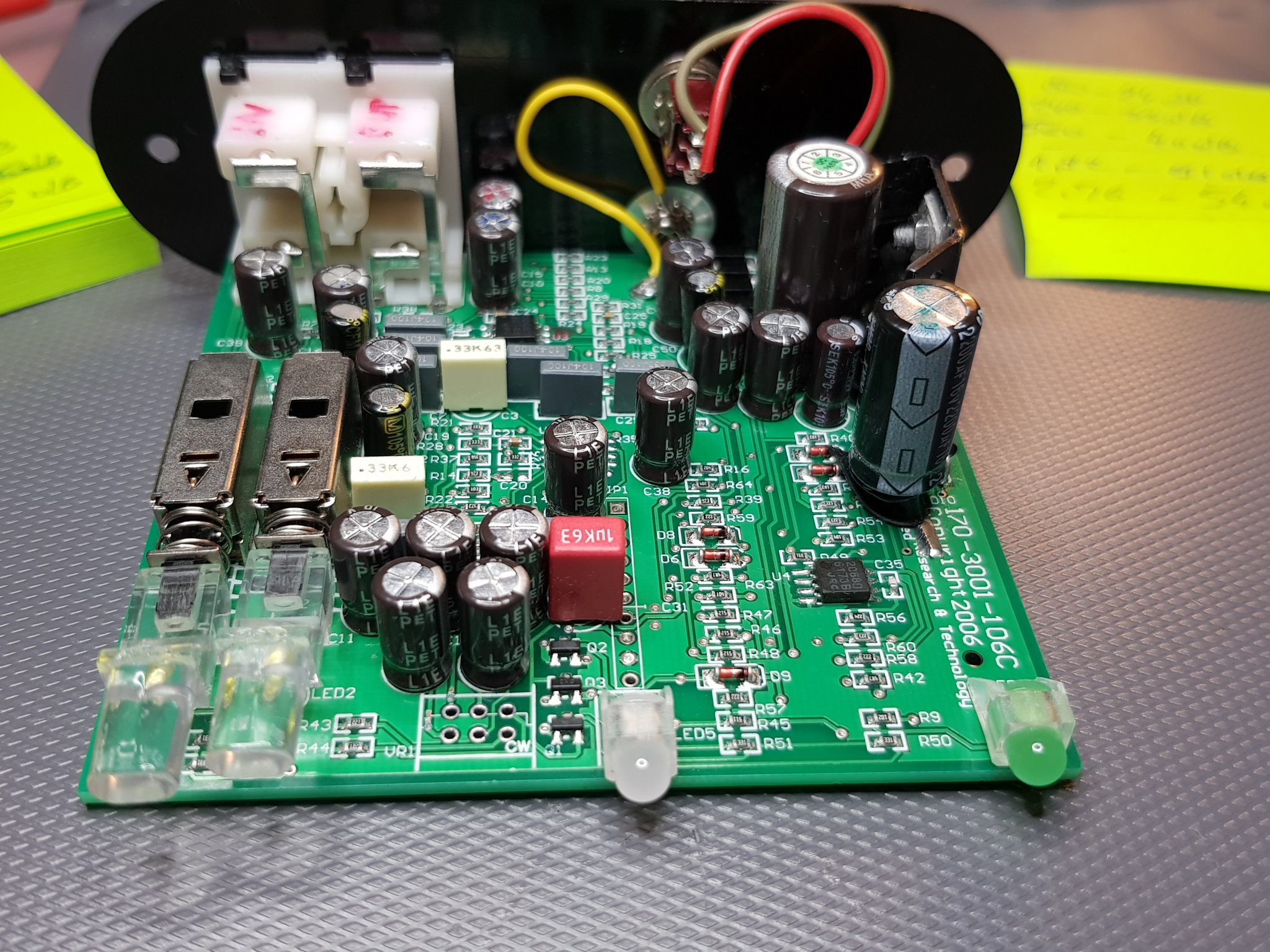
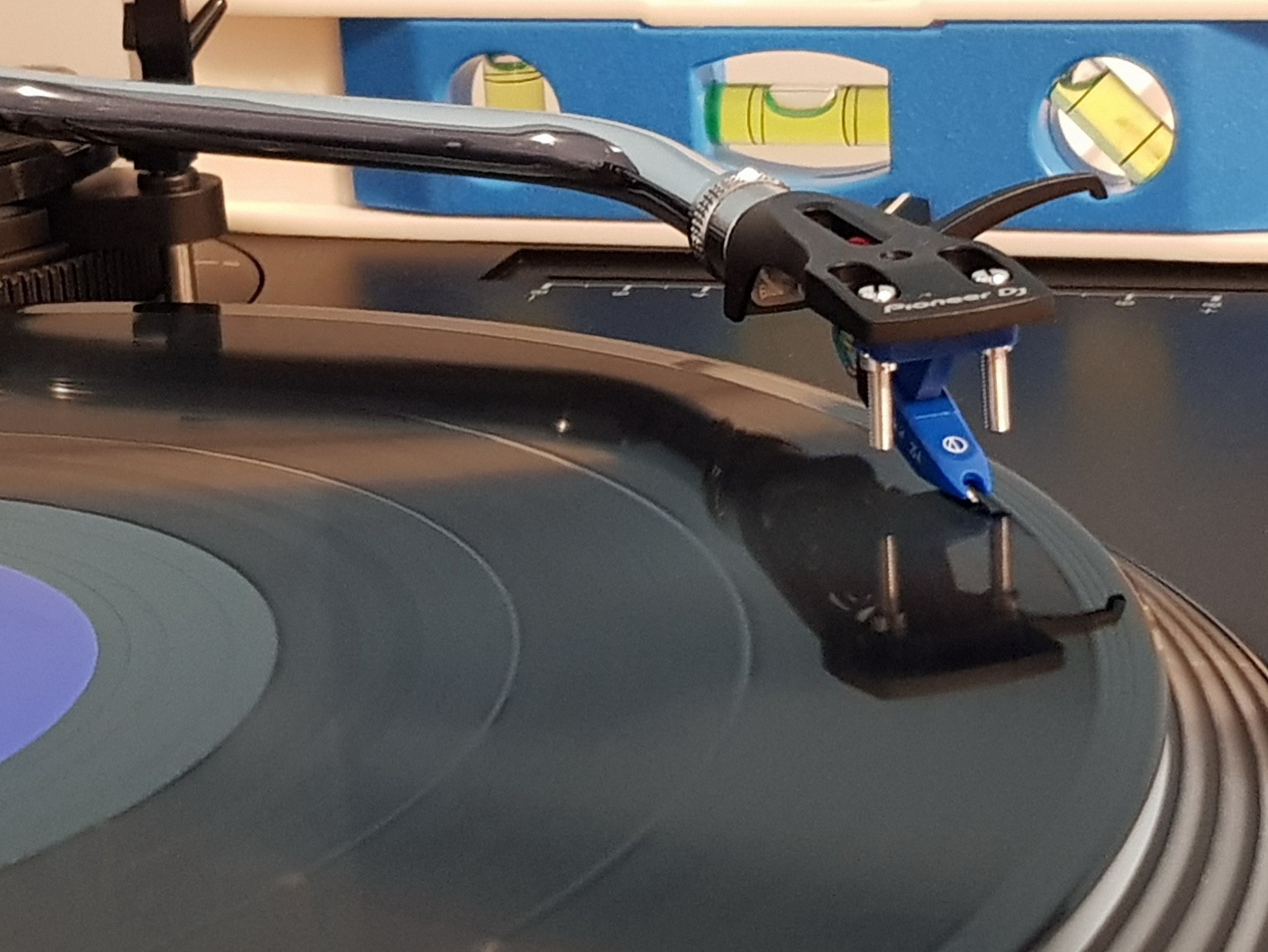
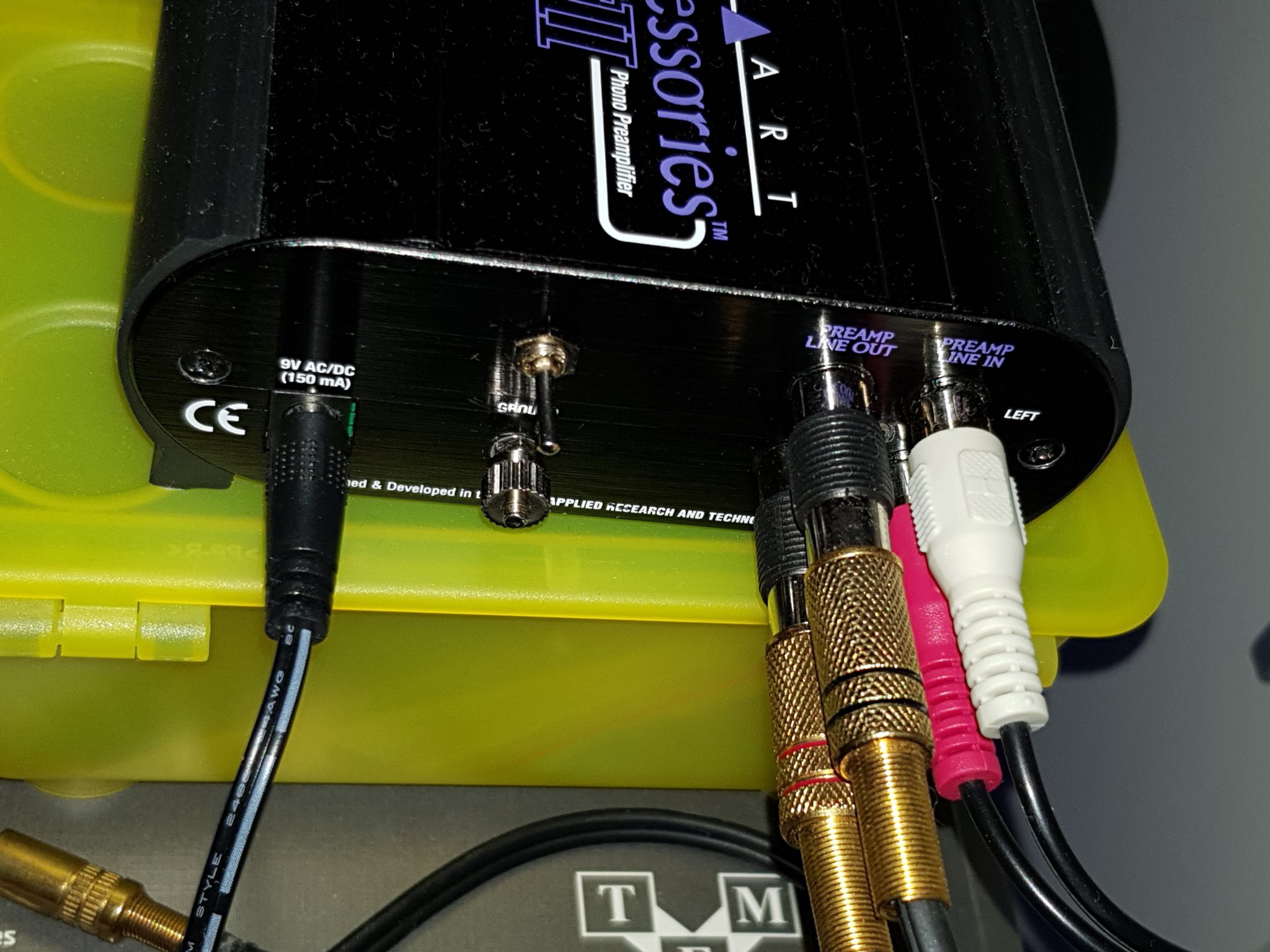
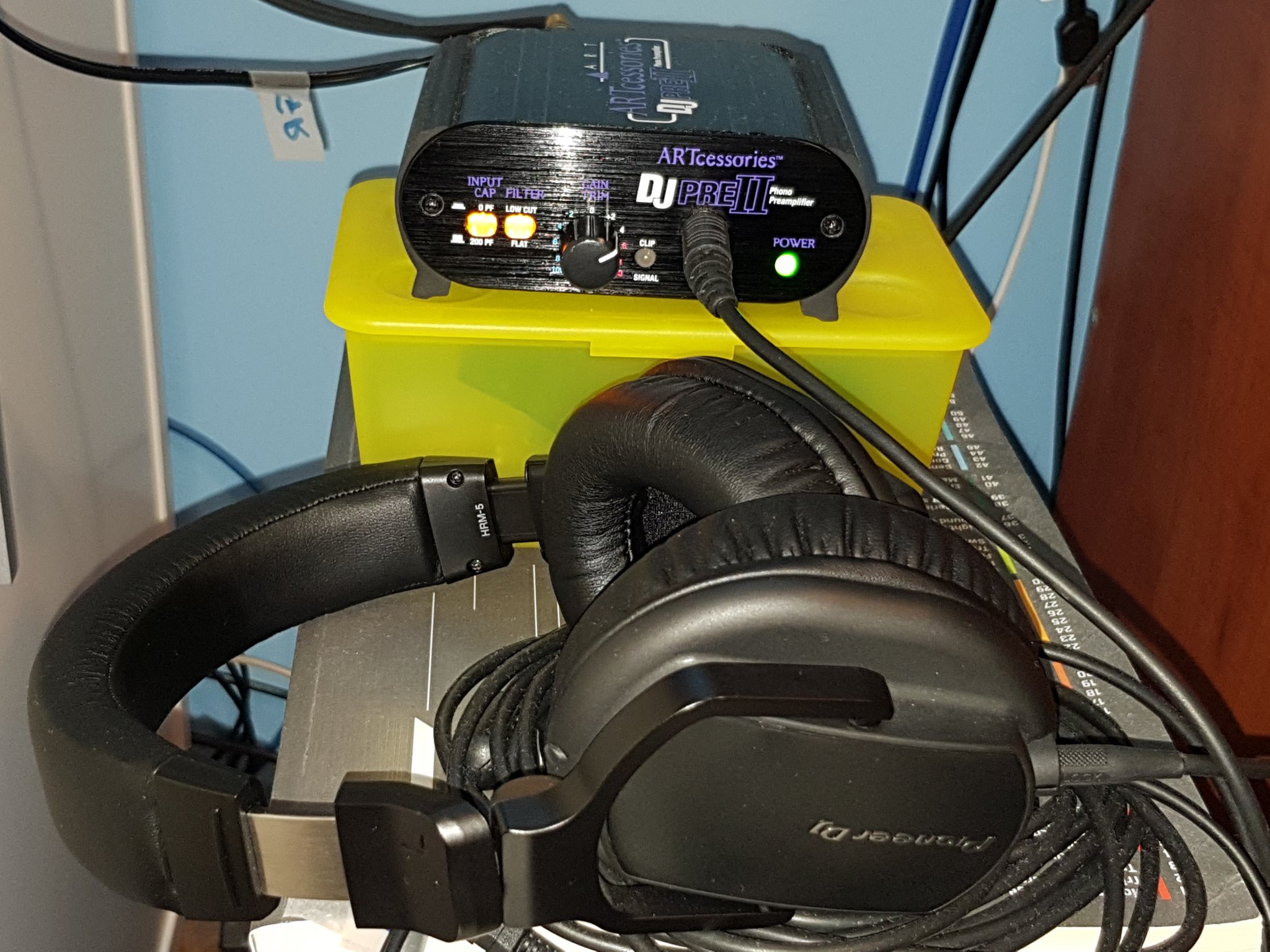
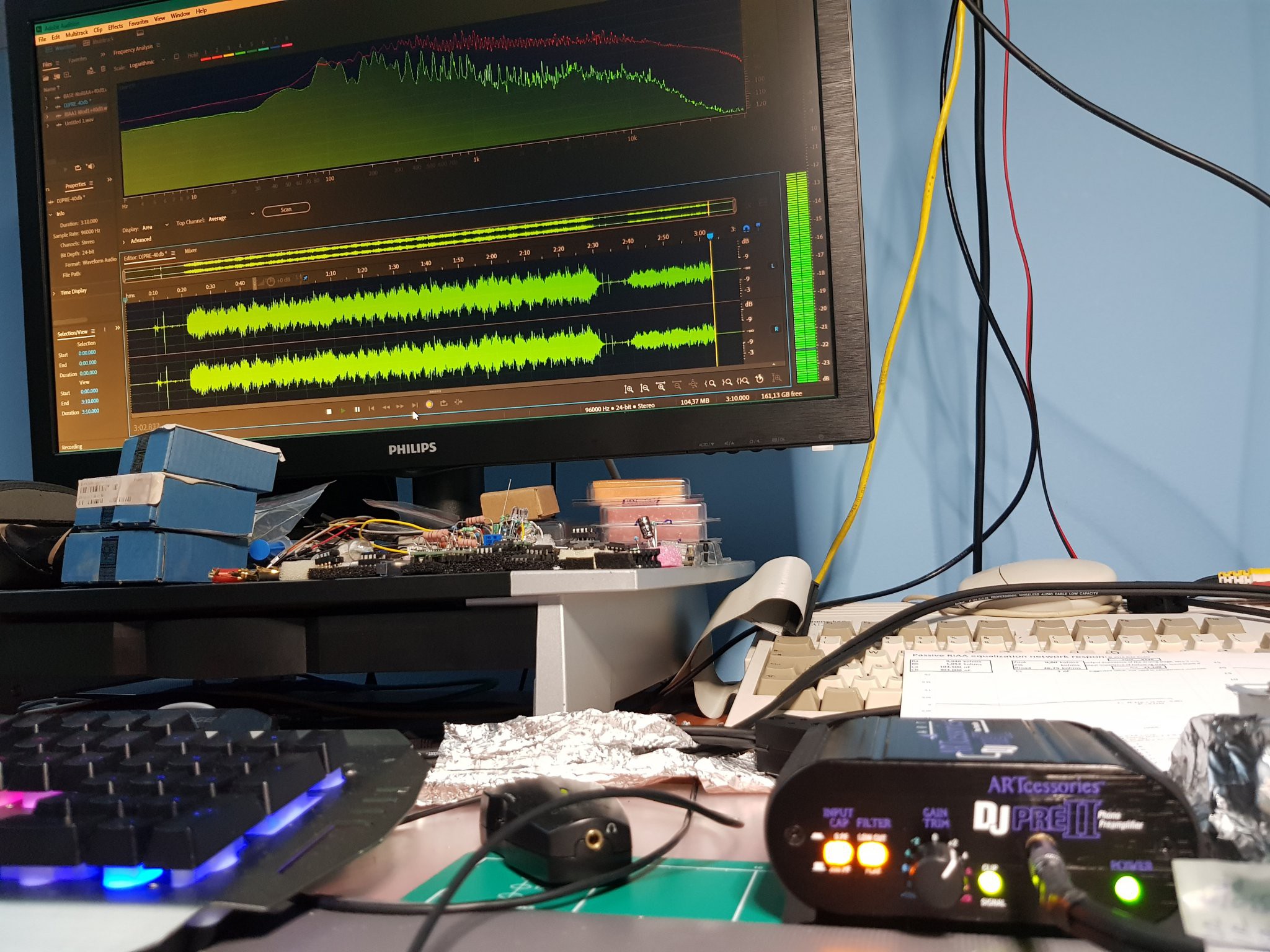
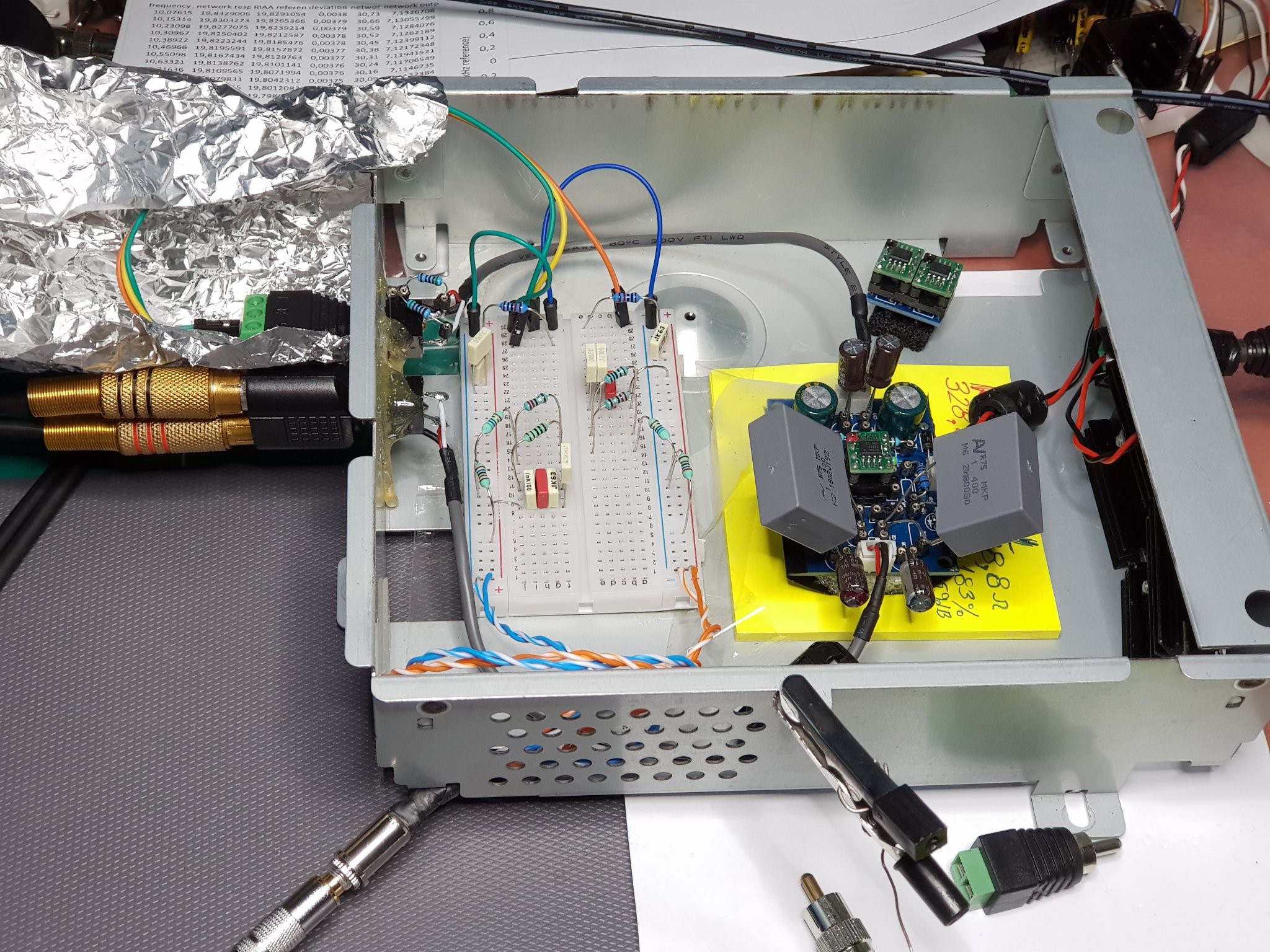
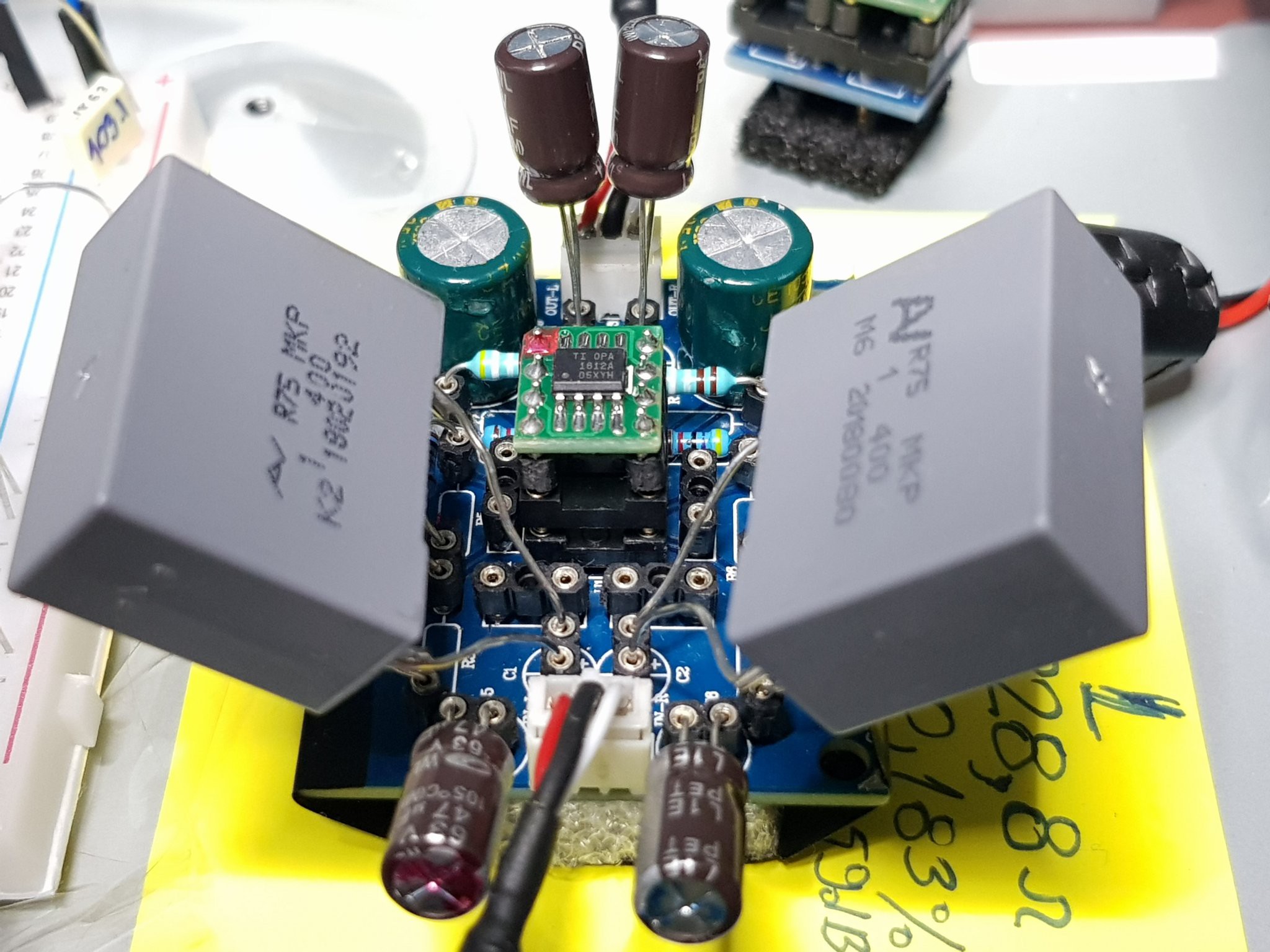
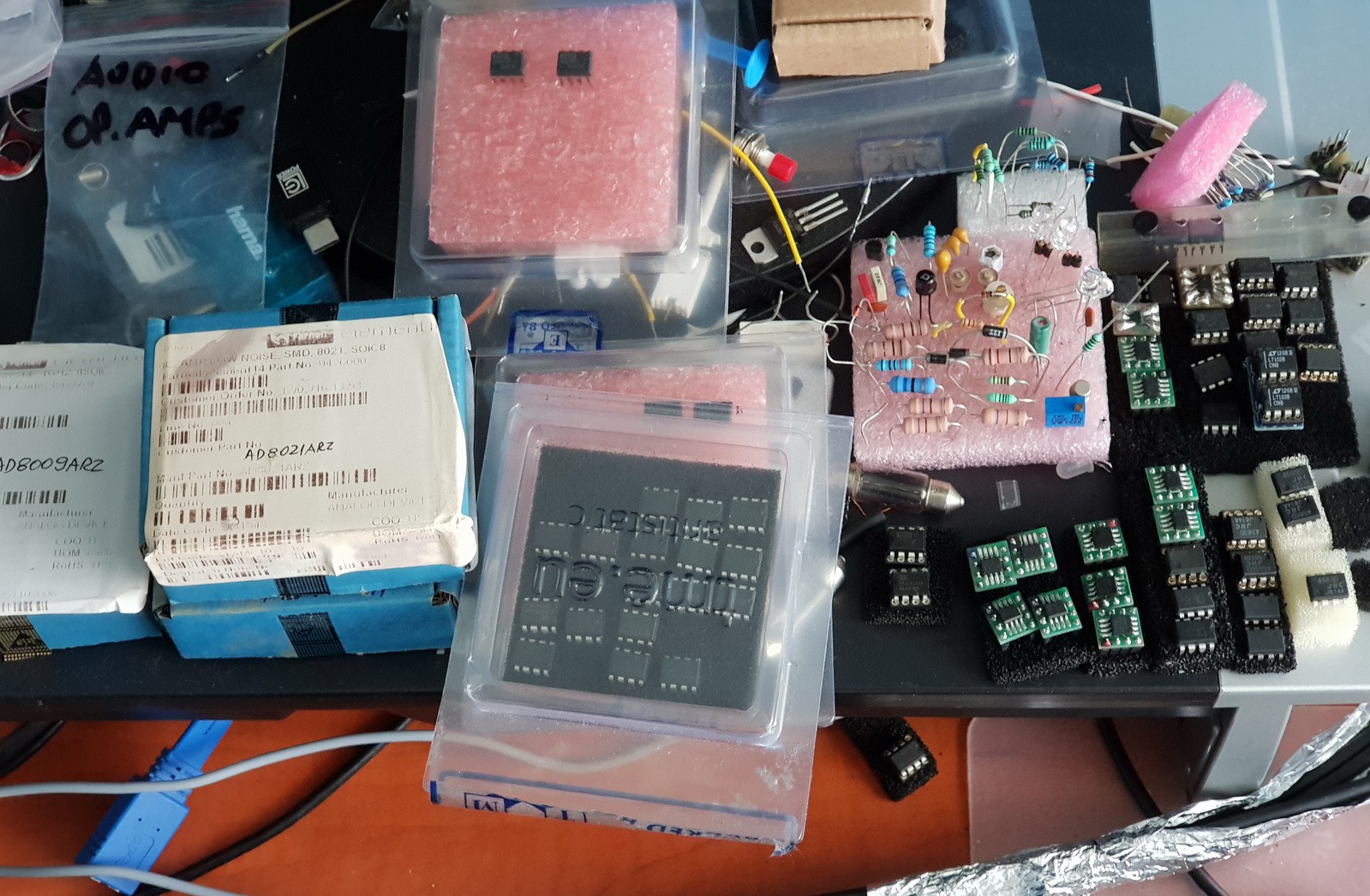
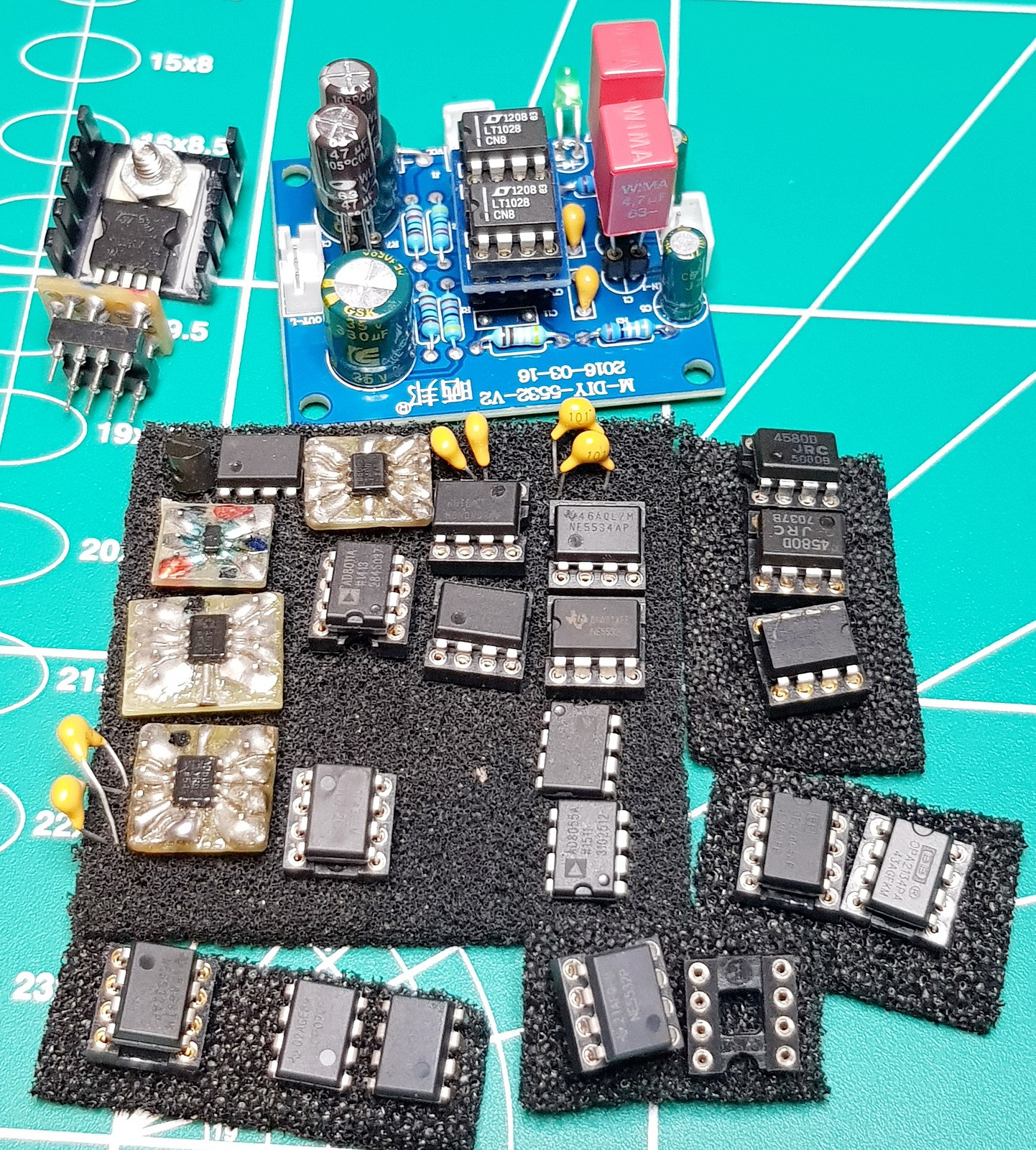
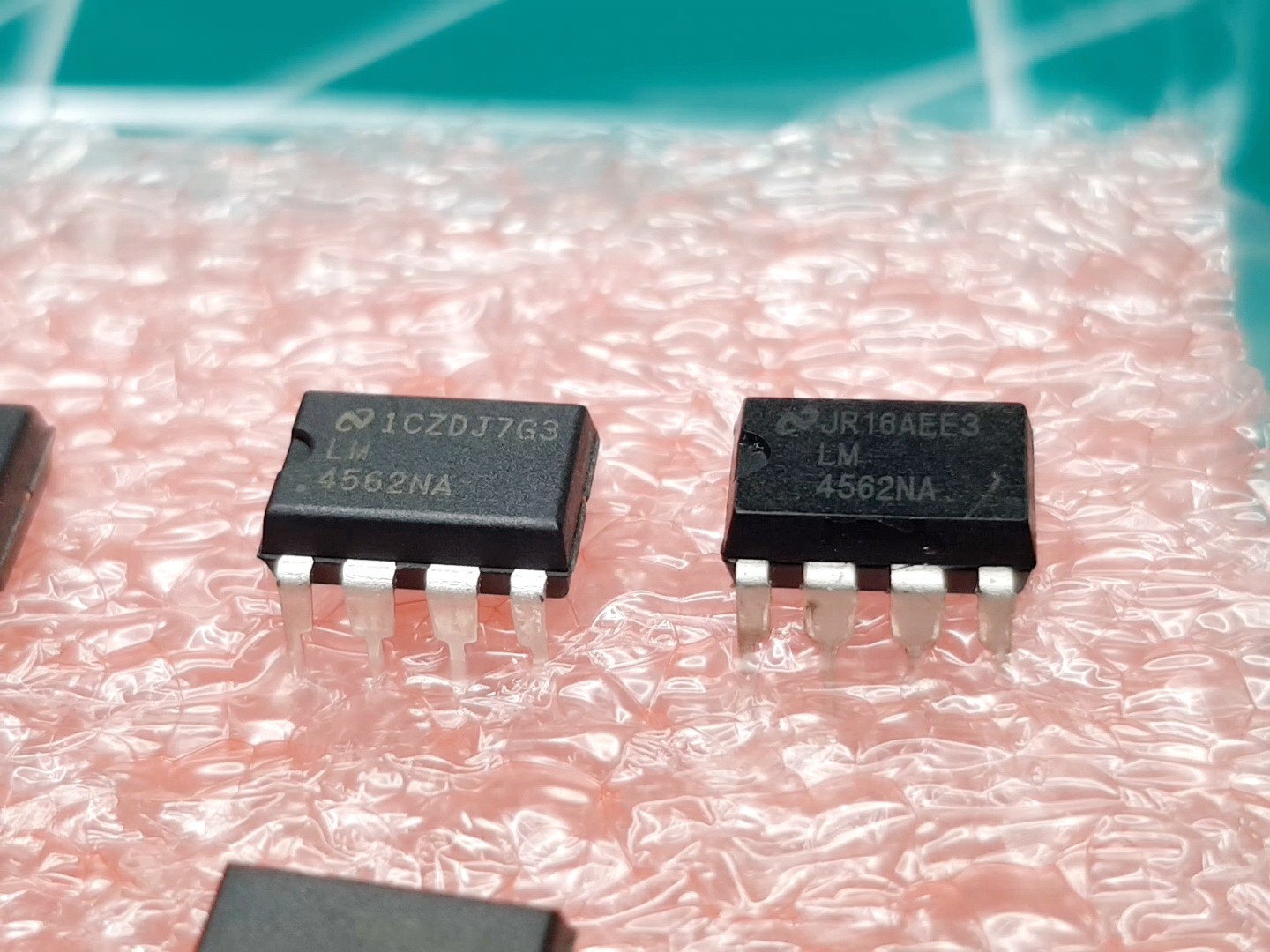
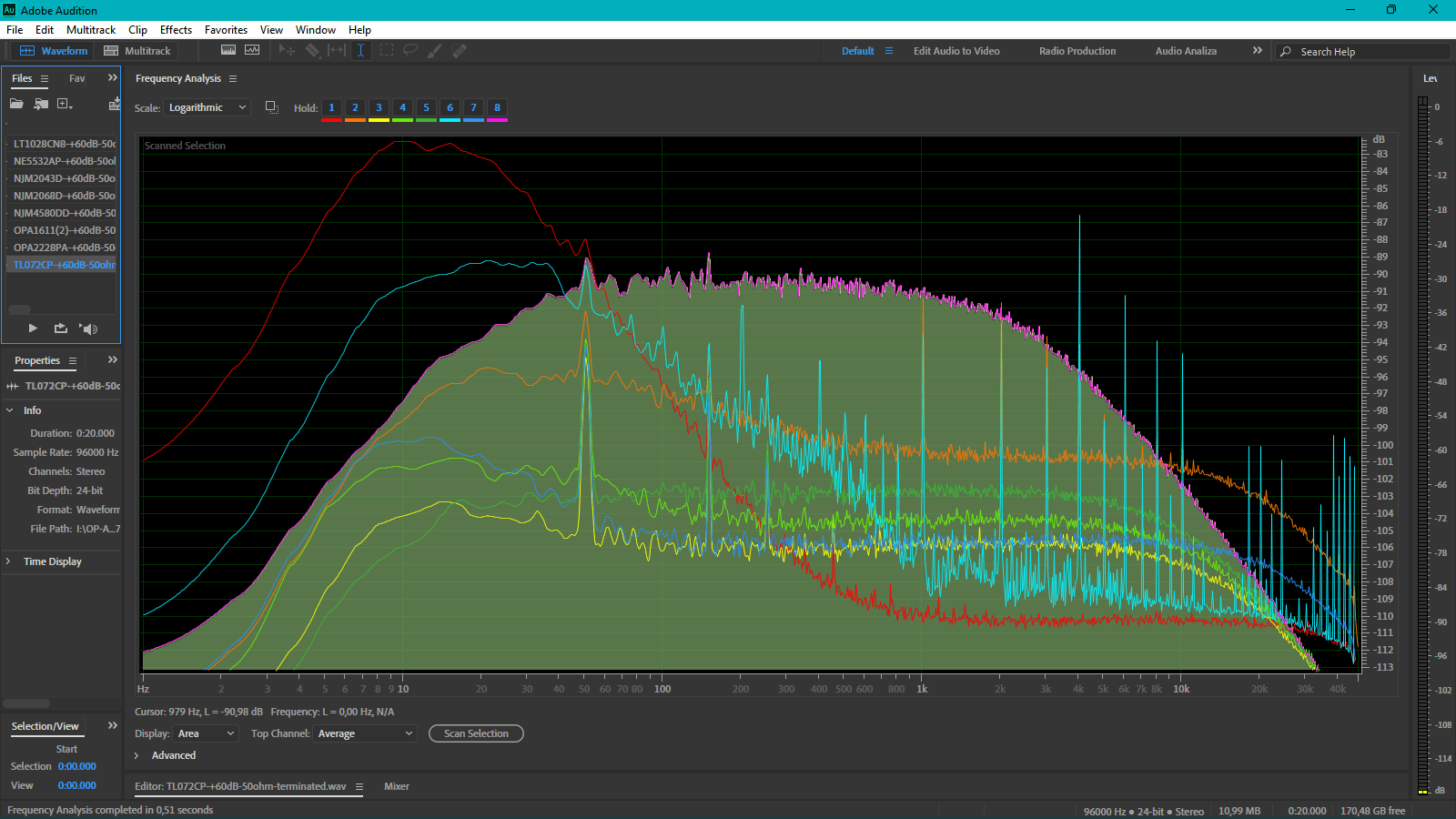
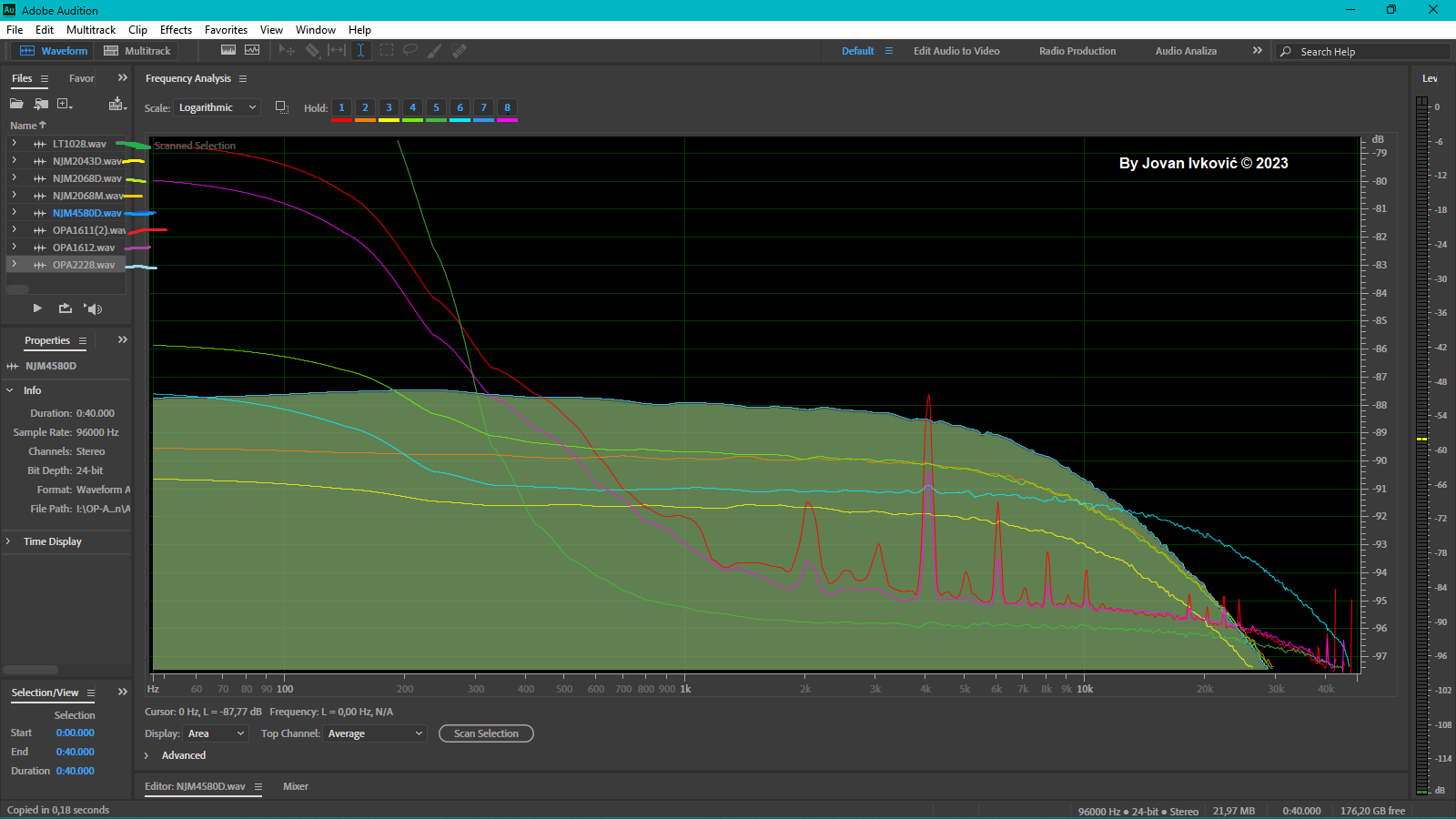
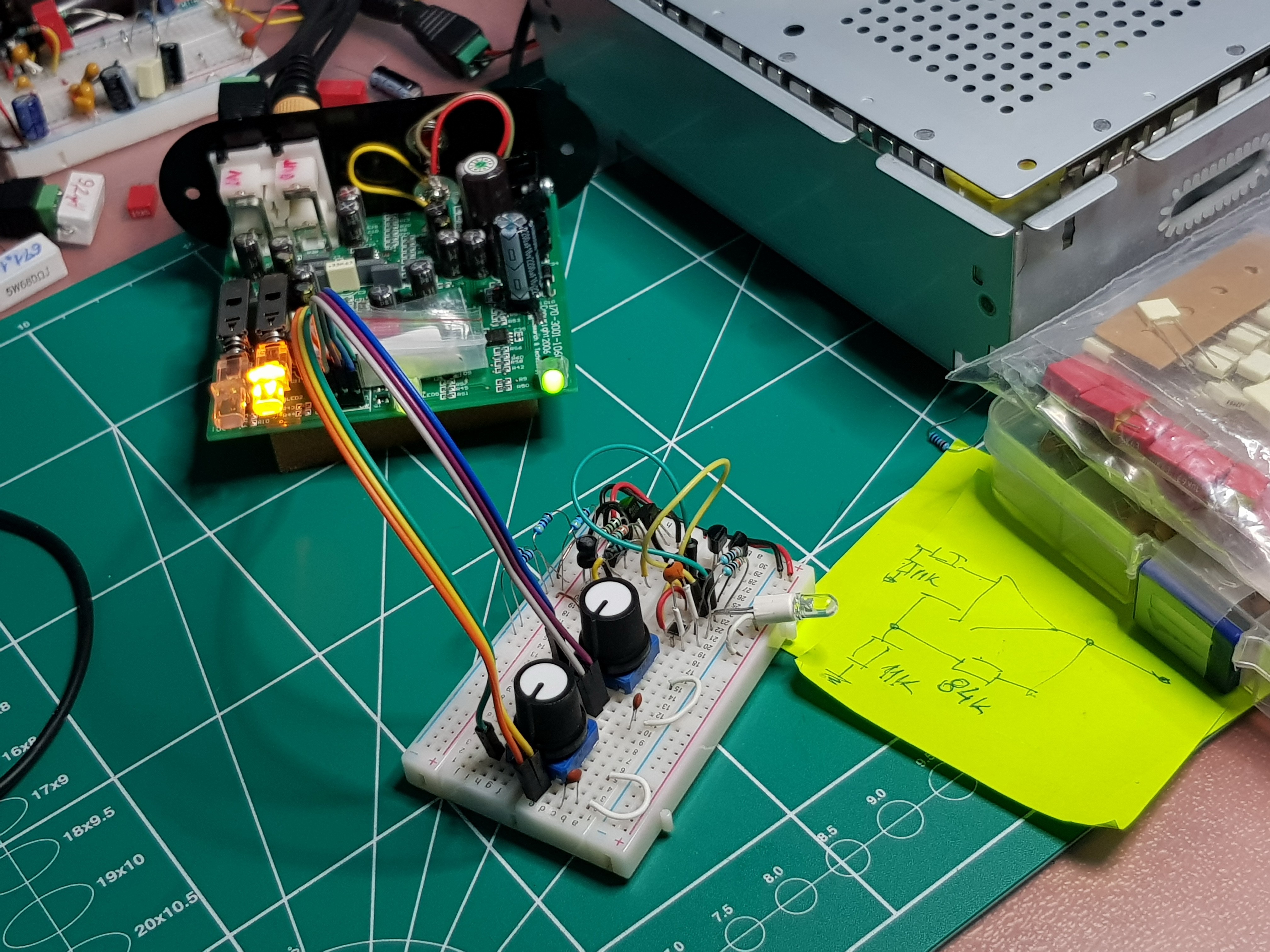
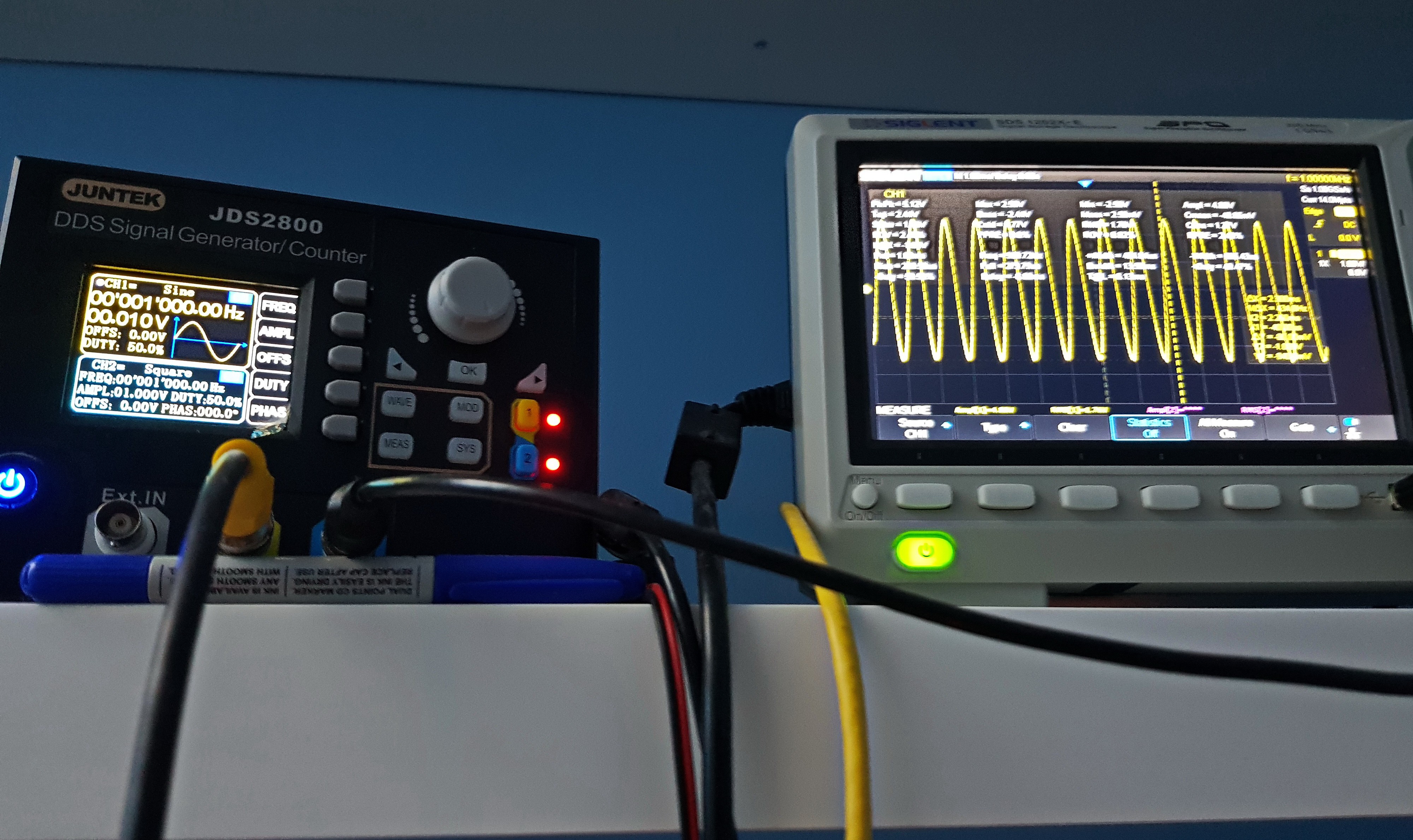
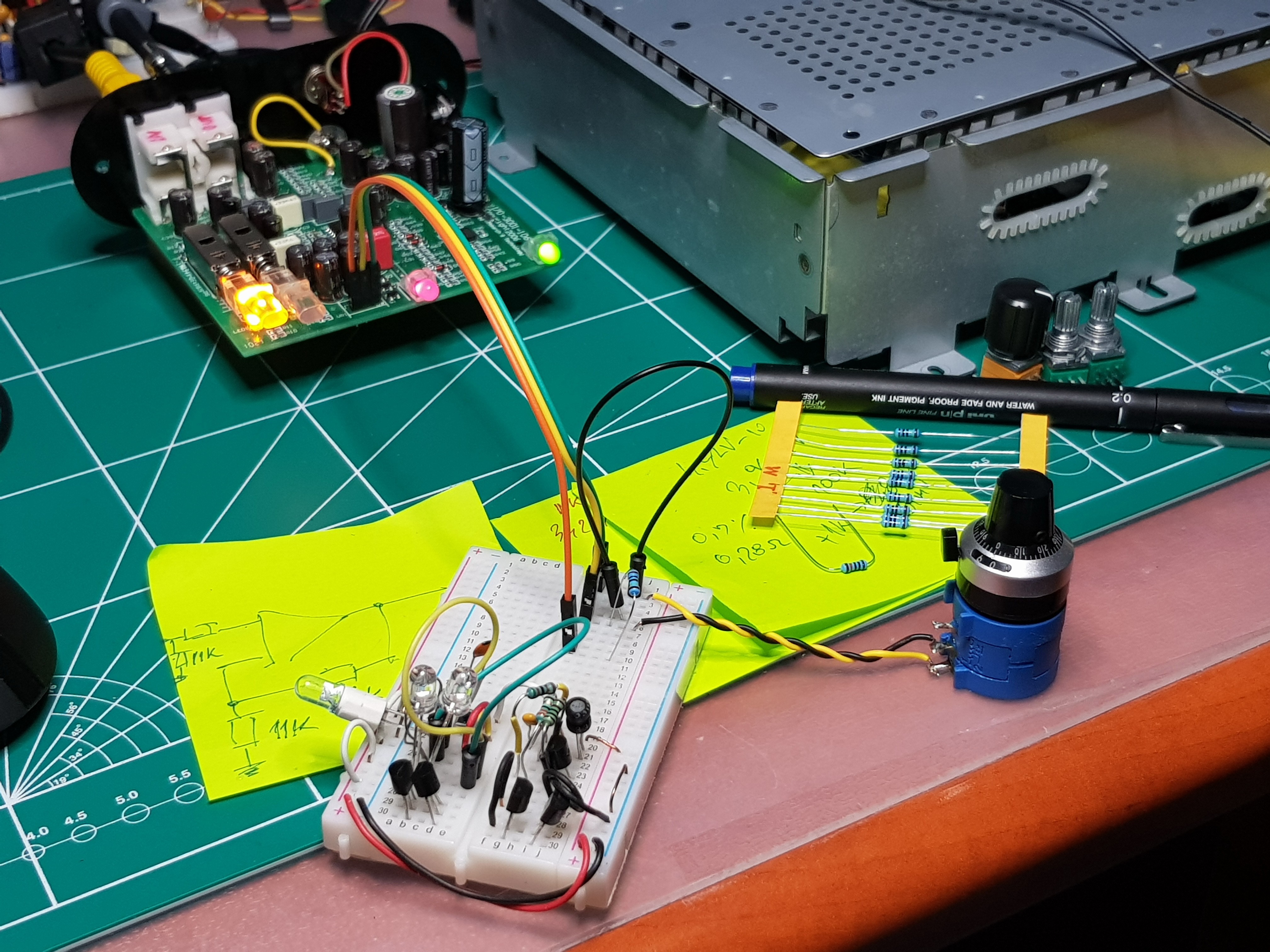
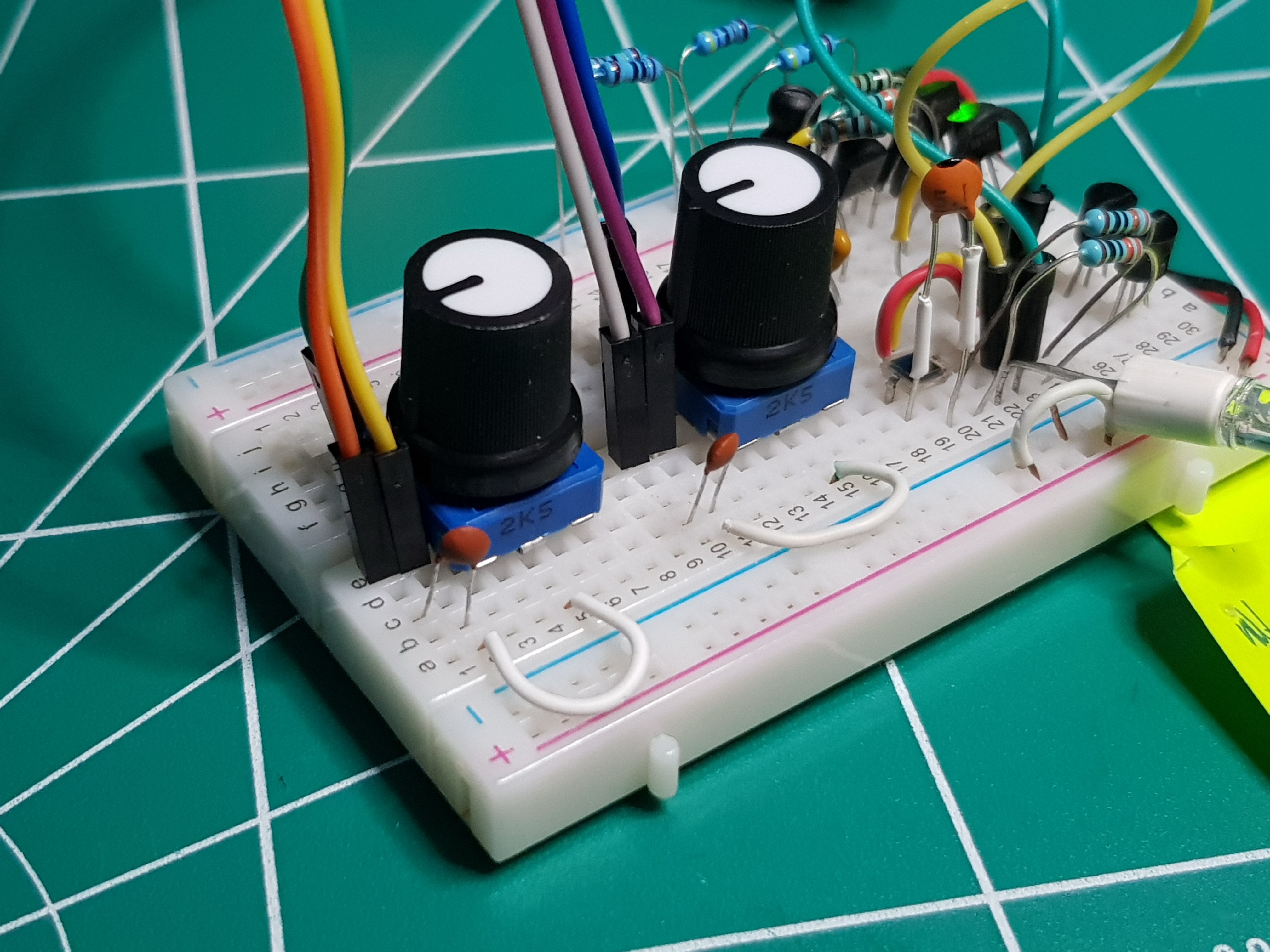
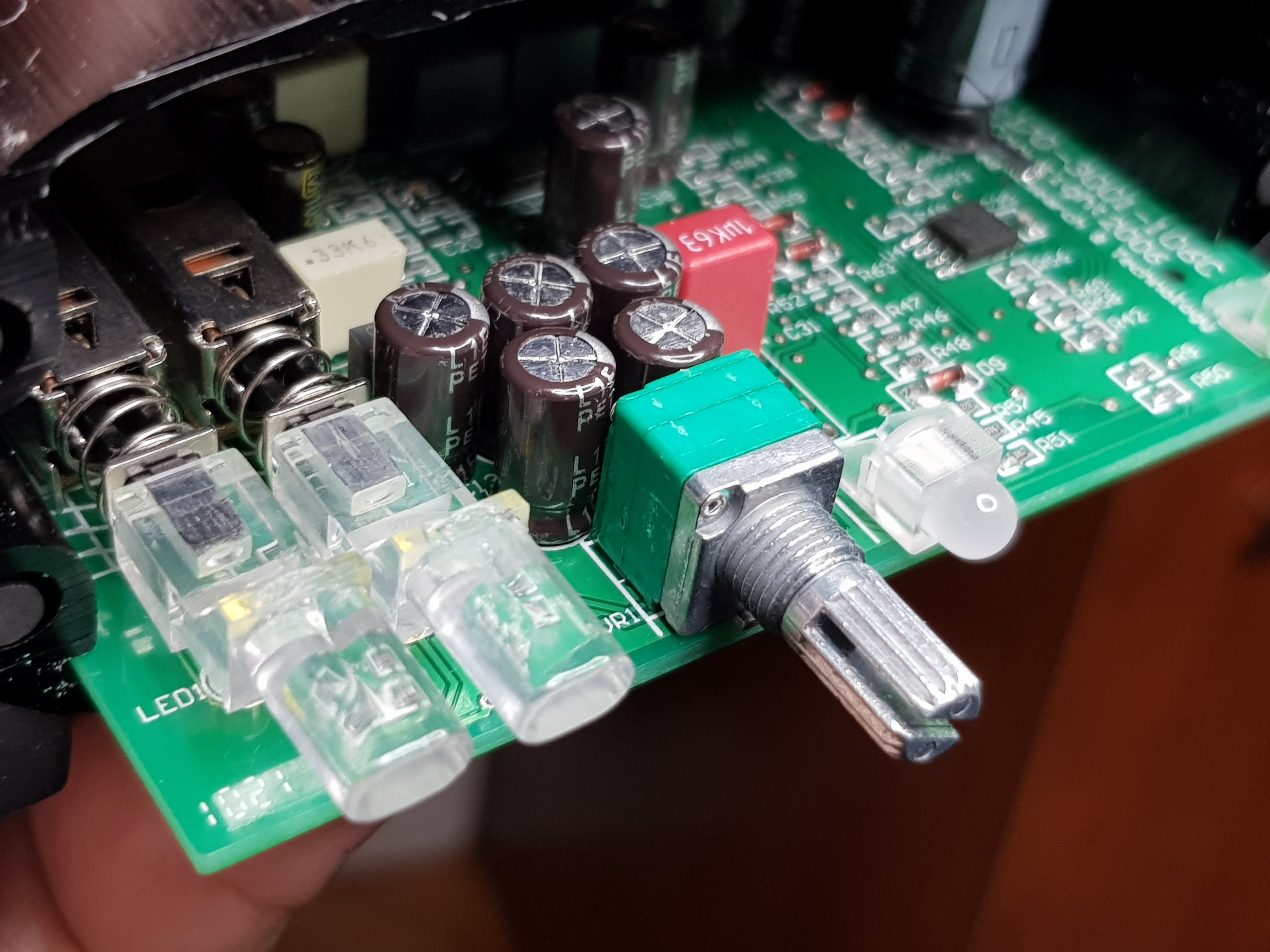


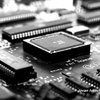
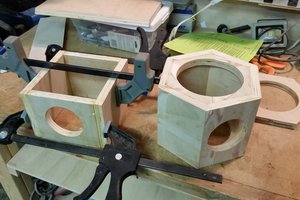
 Sam Pullman
Sam Pullman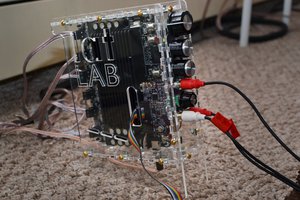
 tshen2
tshen2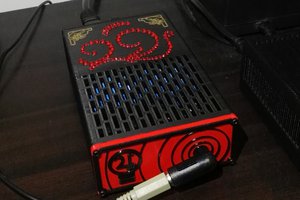
 David Scholten
David Scholten
 Arthur Admiraal
Arthur Admiraal
Very nice project! A lot of work put in. I will be doing some changes like you did. Is there a complete component list that you used ?